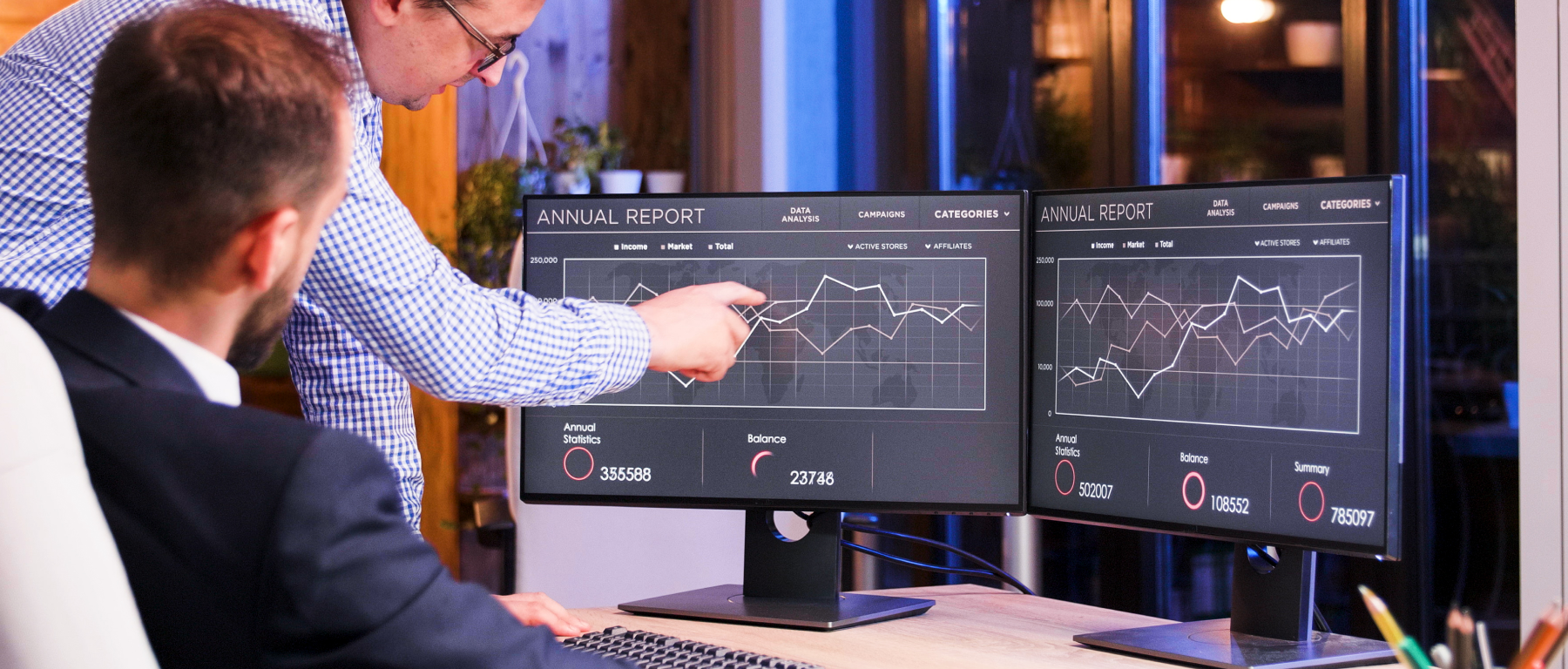December 09, 2024
In the world of data-driven business, terms like data monitoring and data observability are often used interchangeably—but they aren't the same. As organizations grapple with ever-growing data ecosystems and the need for real-time decision-making, understanding the distinction between these concepts has never been more critical.

This blog demystifies data monitoring and observability, explains why they matter in 2025, and highlights how Rakuten SixthSense's Data Observability platform is setting a new standard for data reliability and operational excellence.
The Data Problem in 2025: A Numbers Game
- Data Volume Explosion: IDC predicts global data creation will surpass 180 zettabytes by 2025, up from 64.2 zettabytes in 2020. This staggering growth demands tools that not only monitor data but deeply understand its behavior.
- Cost of Data Downtime: Gartner estimates that organizations lose $300,000 per hour due to pipeline failures, making proactive management an imperative, not a luxury.
- Real-Time Decisions Rule: 75% of organizations will require real-time insights to stay competitive, according to Forrester. Delayed or incomplete data means lost opportunities.
Facing challenges with real-time data reliability? Discover how Rakuten SixthSense redefines observability for modern enterprises.
What is Data Monitoring?
At its core, data monitoring is about keeping an eye on known metrics. It's like checking the dashboard of a car—you monitor speed, fuel, and engine temperature. Data monitoring tools track predefined parameters, alerting teams when these metrics exceed thresholds.

What is Data Observability?
Data observability goes a step further by offering a comprehensive, proactive view of your data pipelines. Instead of just tracking metrics, observability tools analyze patterns, anomalies, and relationships within your data ecosystem to ensure its health and reliability.
Features of Data Observability:
- Holistic Insights: Tracks metrics, logs, traces, and data lineage.
- Anomaly Detection: Uses AI to uncover hidden issues before they escalate.
- Proactive Approach: Enables teams to identify and resolve potential disruptions in real time.
- End-to-End Visibility: Monitors every step of the data lifecycle, ensuring data quality, freshness, and completeness.
Key Difference: Monitoring is about what happened; observability answers why it happened and how to prevent it.
Data Monitoring vs. Data Observability: A Side-by-Side Comparison

Why Data Observability is the Future
1. Proactive Incident Prevention
Data observability tools use machine learning to detect anomalies, such as schema changes or data freshness delays, before they disrupt operations.
Example: Rakuten SixthSense prevented a major e-commerce outage by flagging a schema change in a product database that would have caused pricing errors downstream.
2. Maintaining Data Quality at Scale
IBM reports that poor data quality costs businesses $3.1 trillion annually. Observability ensures that:
- Data remains accurate and consistent.
- Missing records or values are identified instantly.
- Real-time updates are delivered within SLAs.
3. Handling Complex Systems
With distributed architectures and hybrid clouds becoming the norm, static monitoring tools fail to scale. Observability provides context across systems, ensuring agility in troubleshooting and optimization.
Tired of chasing pipeline issues? Experience how Rakuten SixthSense ensures proactive, scalable observability.
The Rakuten SixthSense Difference
Rakuten SixthSense doesn’t just meet today’s data challenges—it anticipates tomorrow’s. Here’s why it’s the leading choice for data observability:

According to McKinsey, companies leveraging observability tools like Rakuten SixthSense report a 40% improvement in data reliability and 50% faster incident resolution compared to their competitors.
Ready to move from reactive to proactive? Schedule a free demo of Rakuten SixthSense and revolutionize your data management today.
Why It Matters
The distinction between data monitoring and data observability isn’t just semantics—it’s the difference between reacting to problems and preventing them. As organizations face mounting pressure to manage data at scale, observability isn’t just an upgrade; it’s a necessity.
Rakuten SixthSense’s Data Observability platform leads the way, offering unmatched visibility, reliability, and insights to empower businesses to thrive in 2025 and beyond.
Don’t let pipeline issues slow you down. Join the future of data management with Rakuten SixthSense. Schedule a demo today!